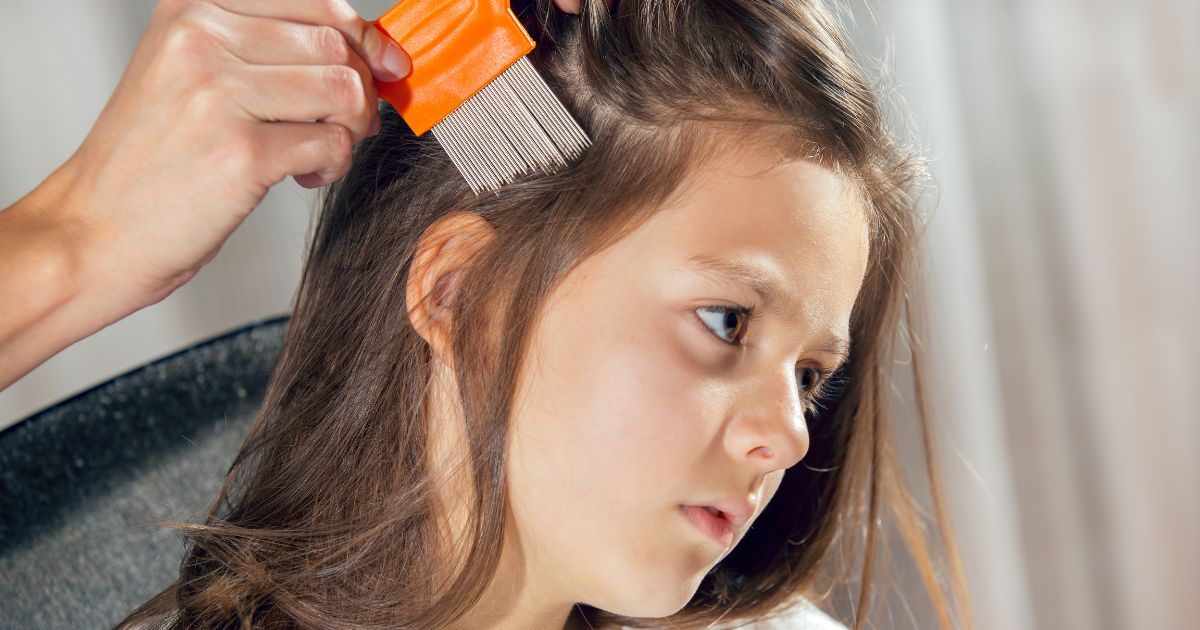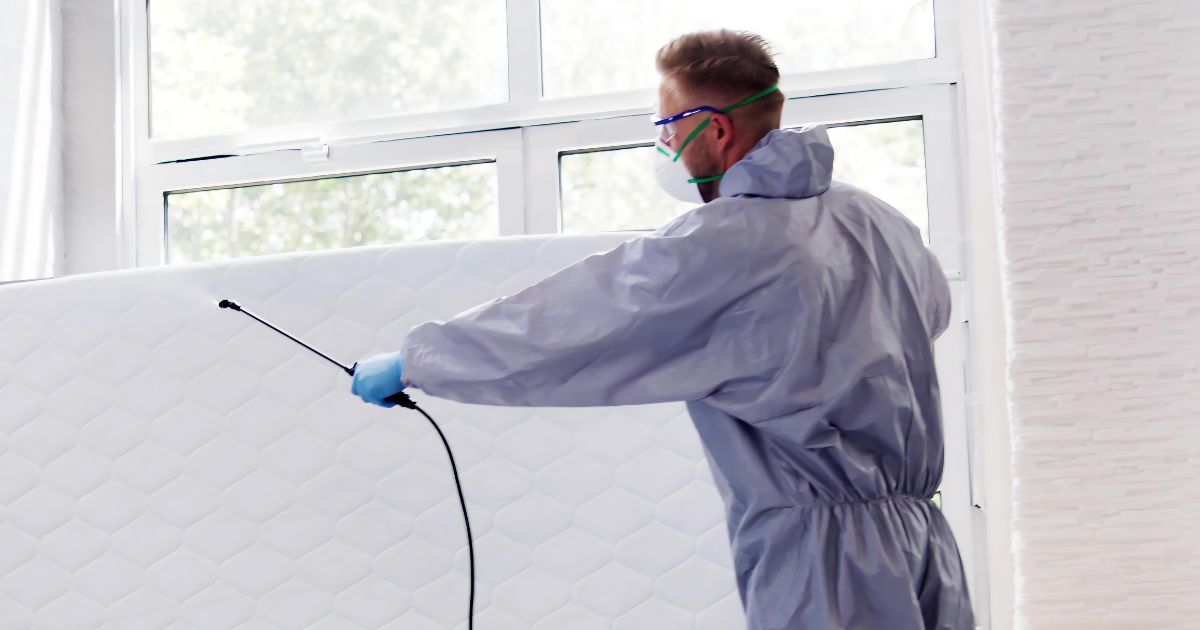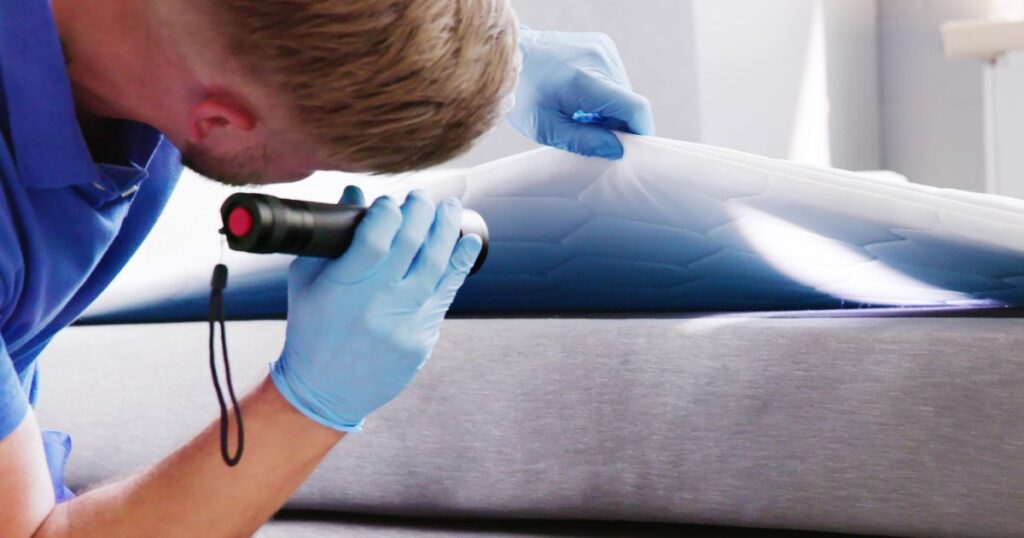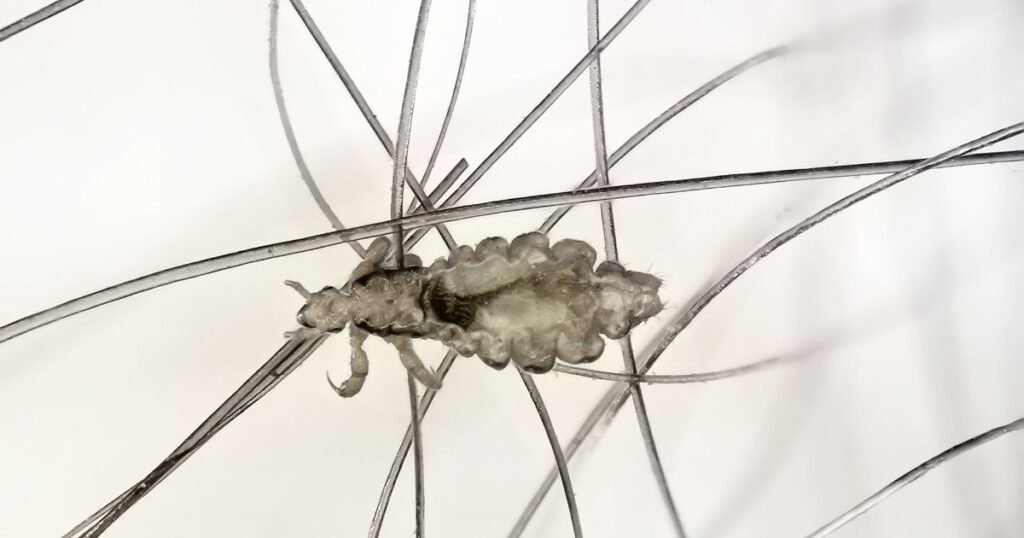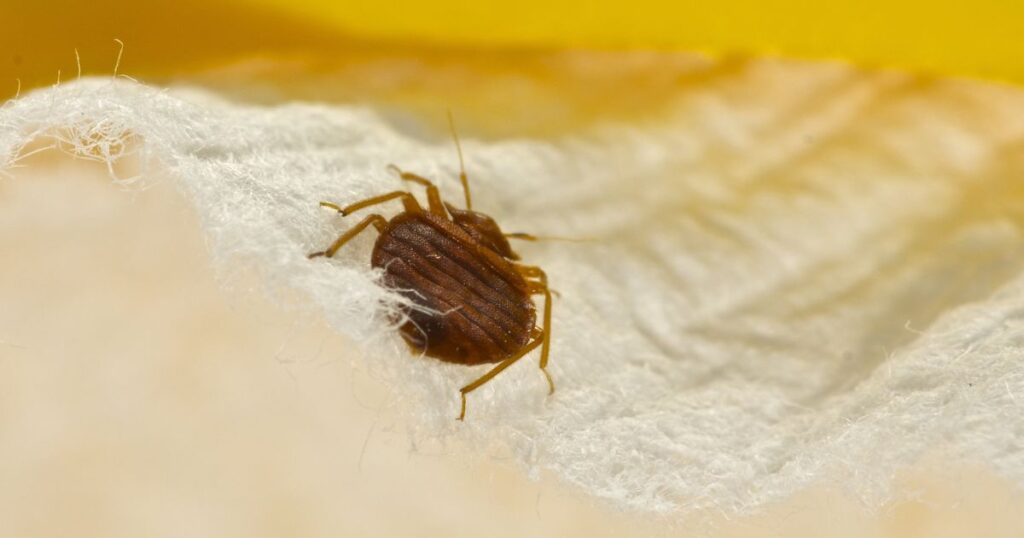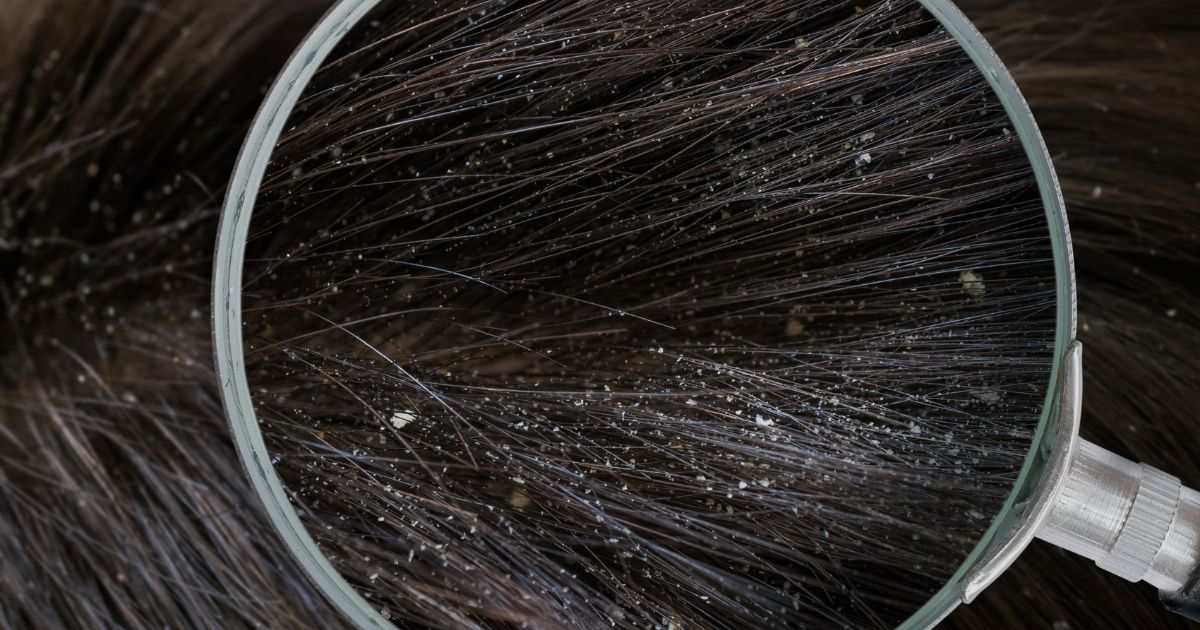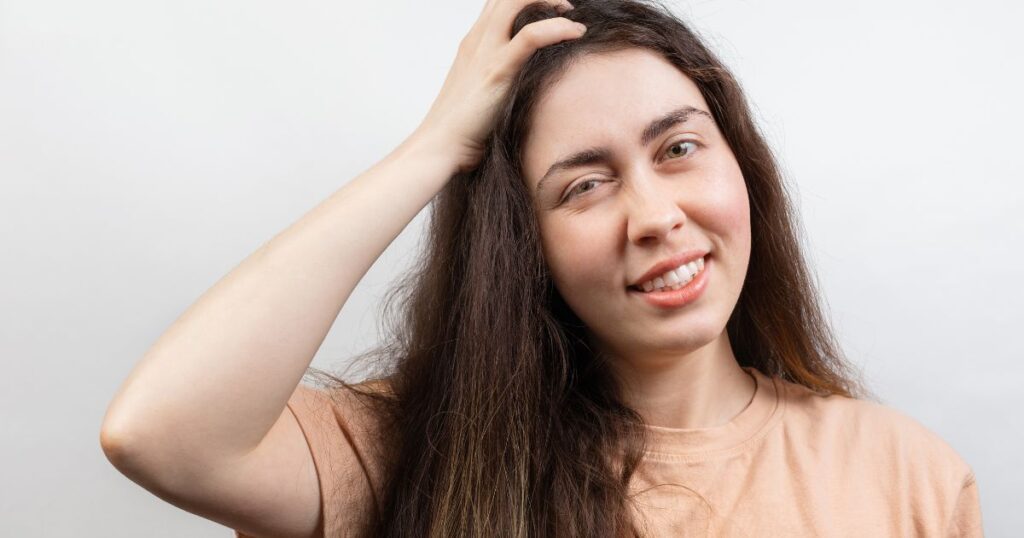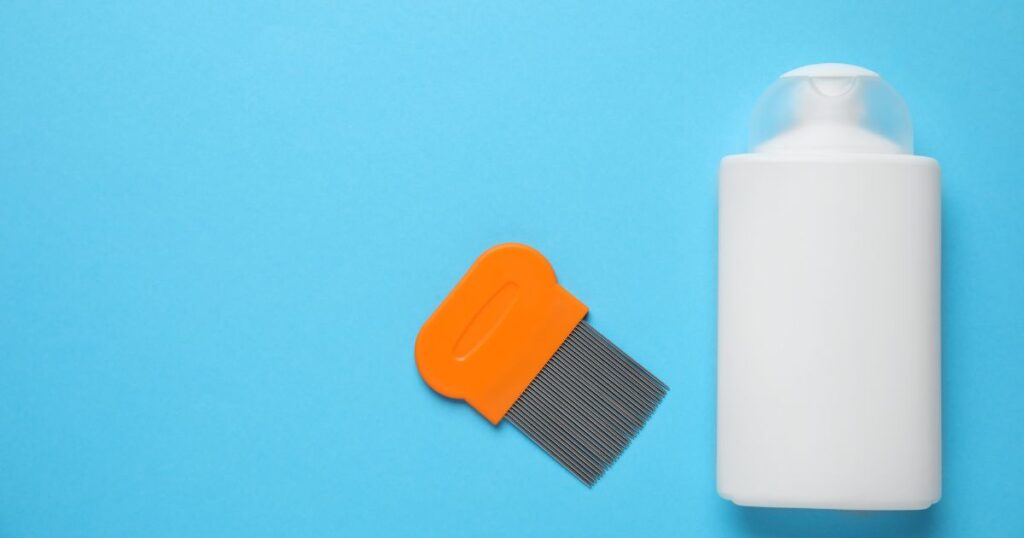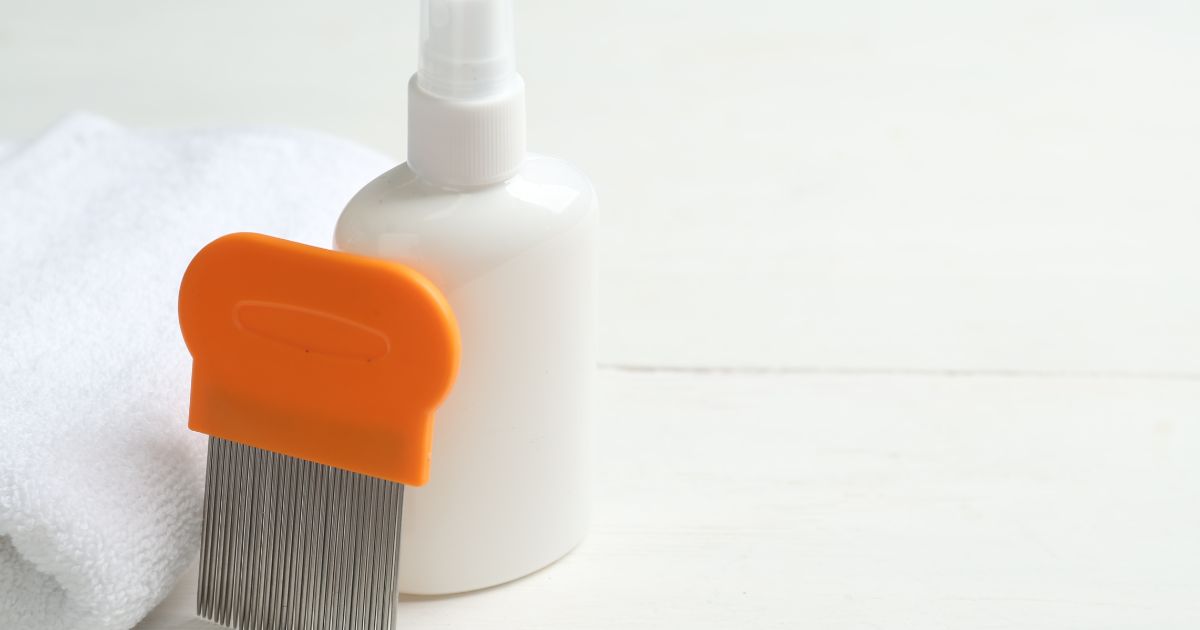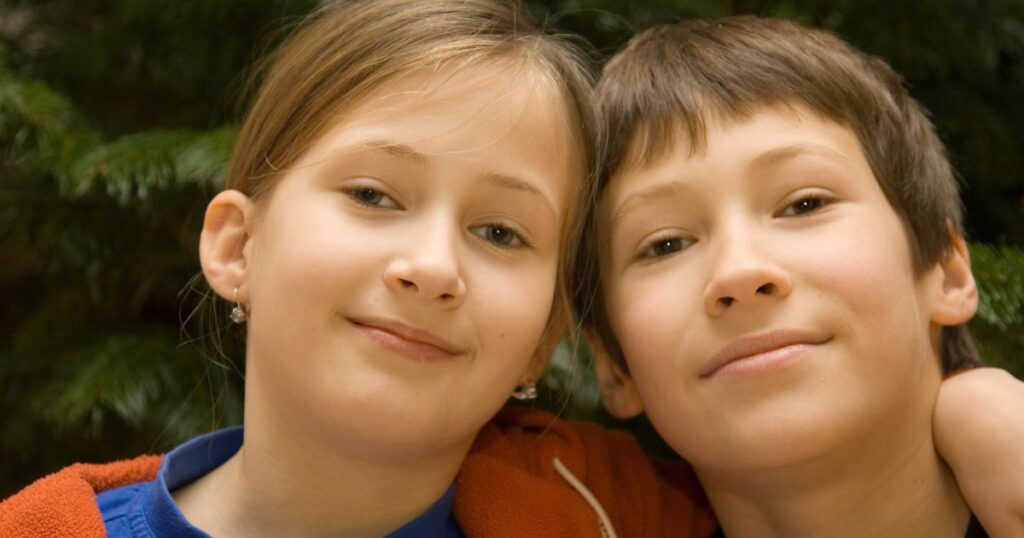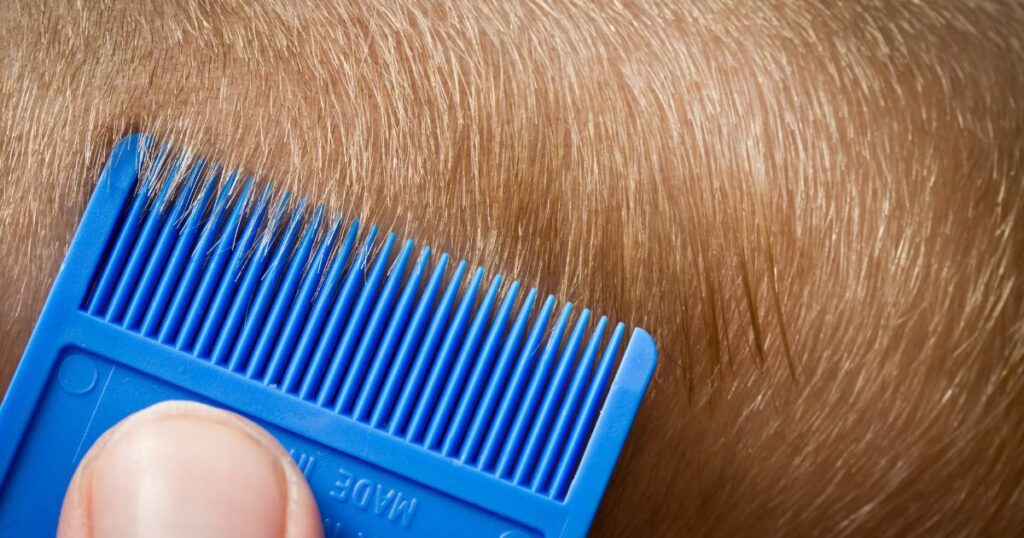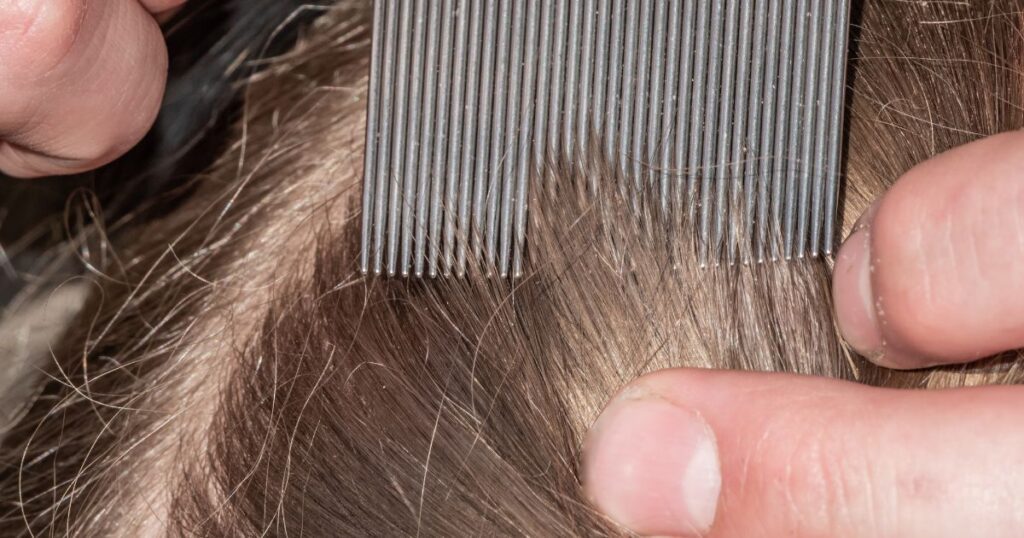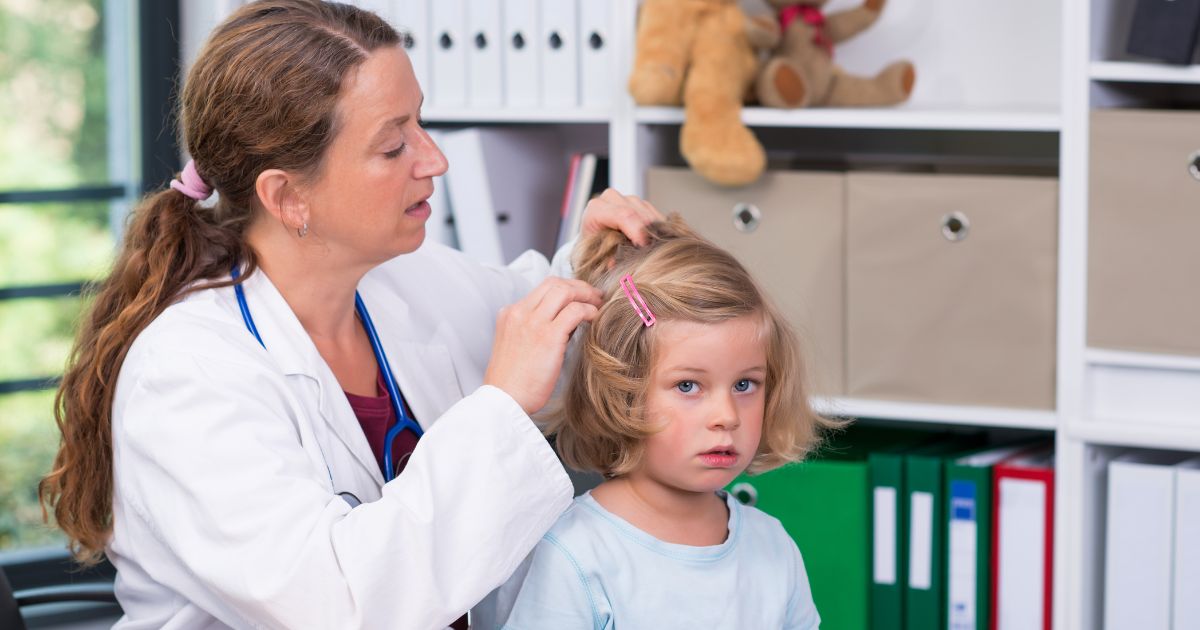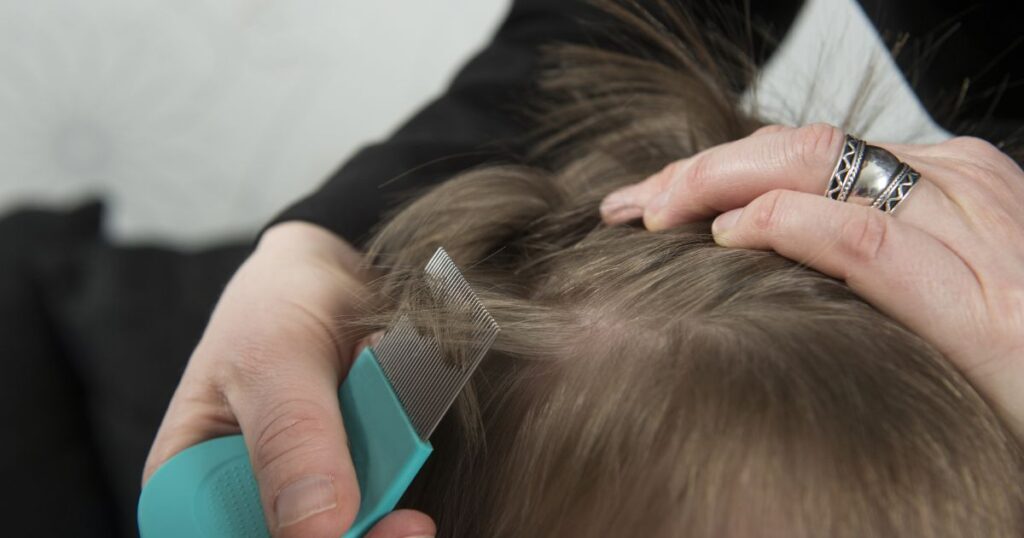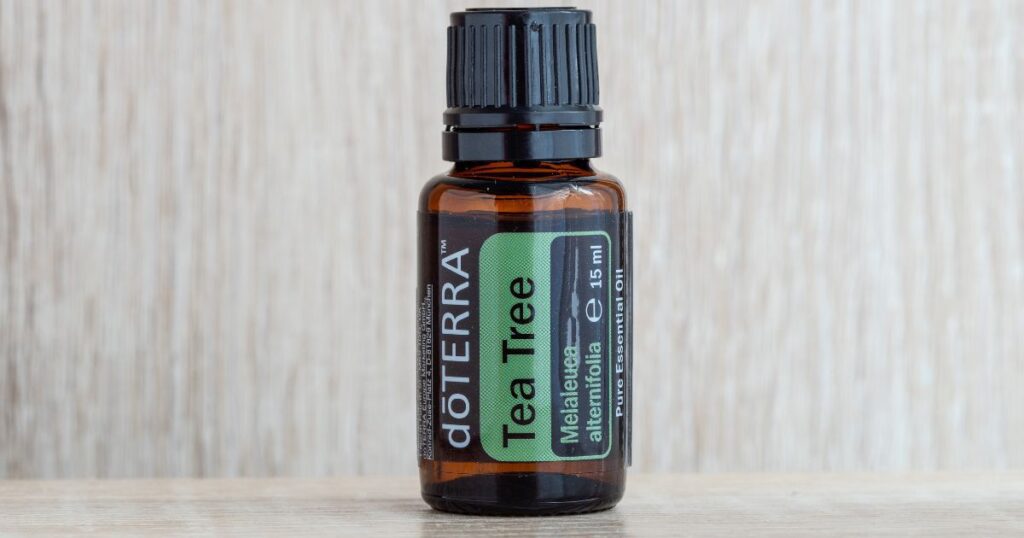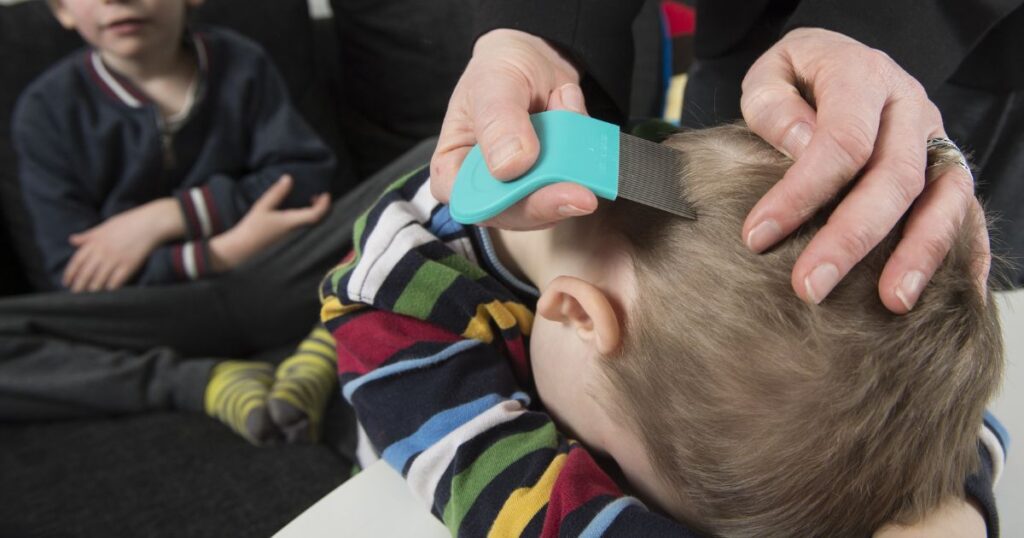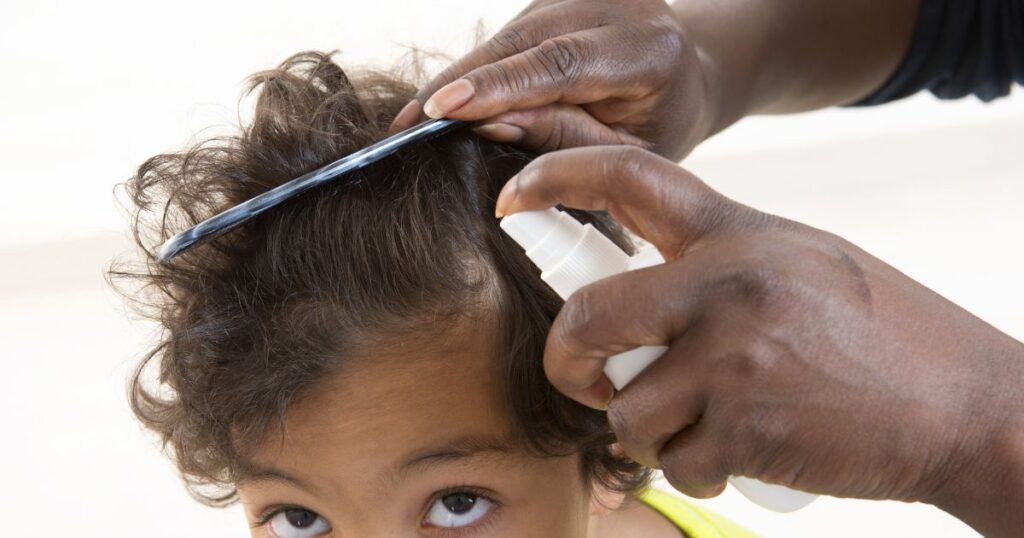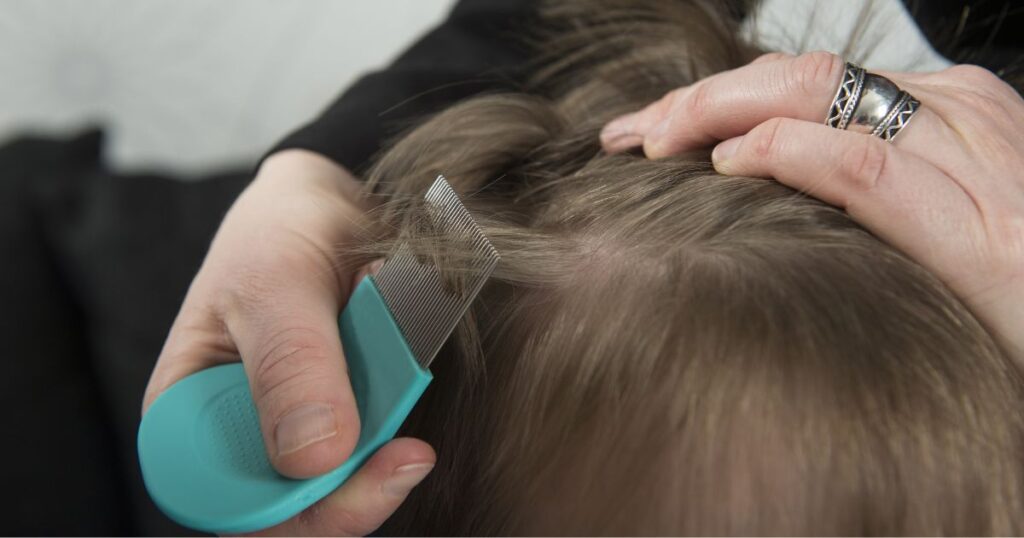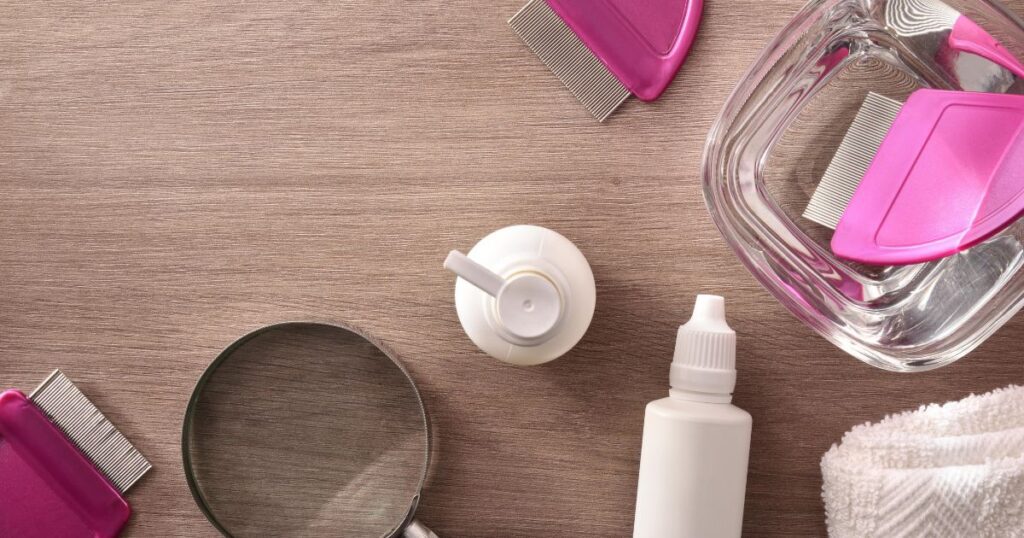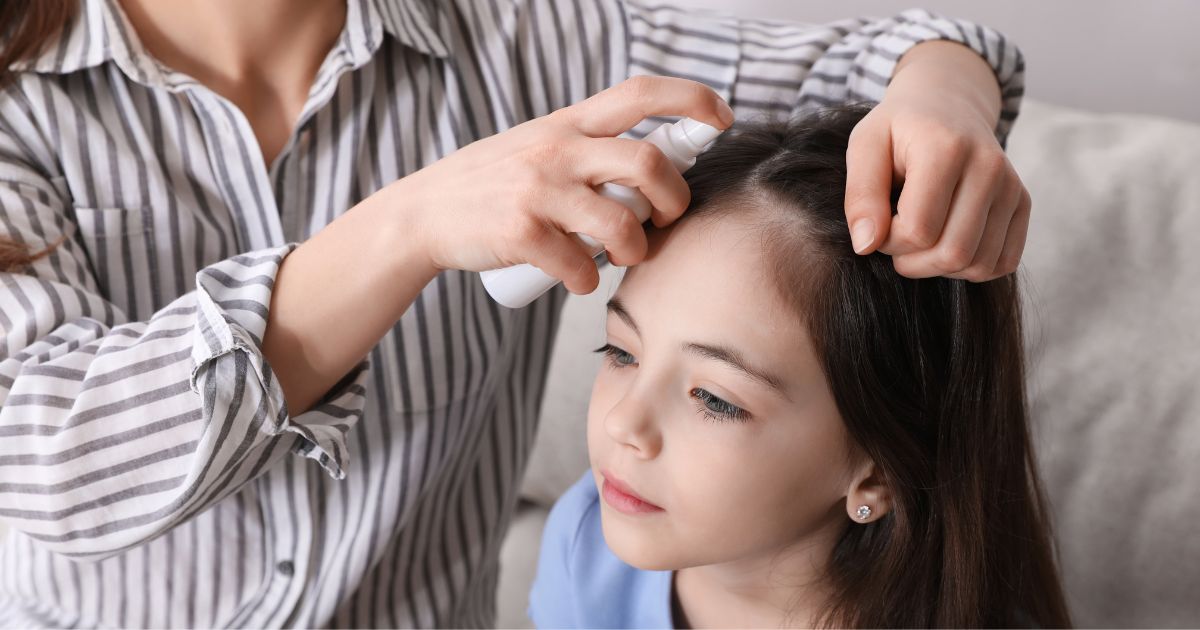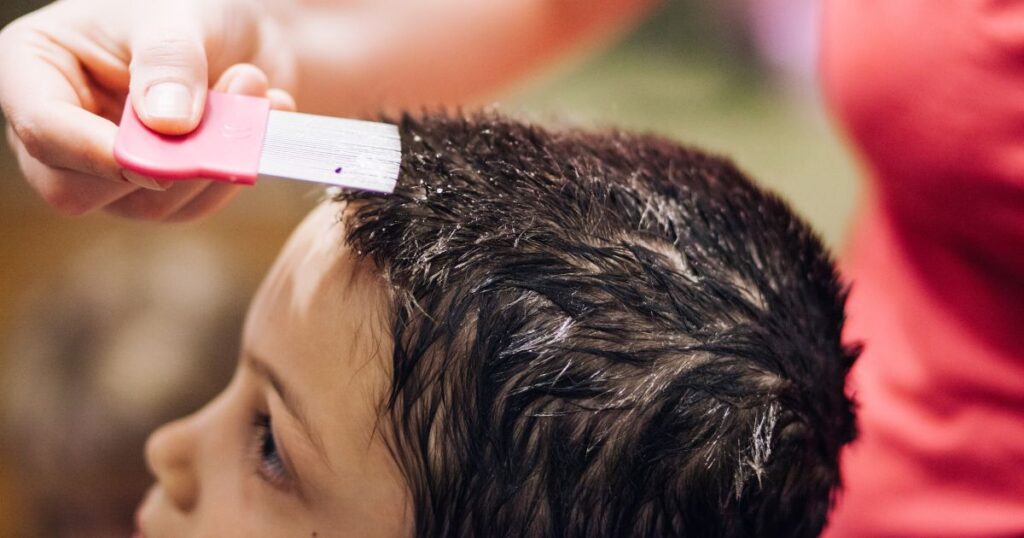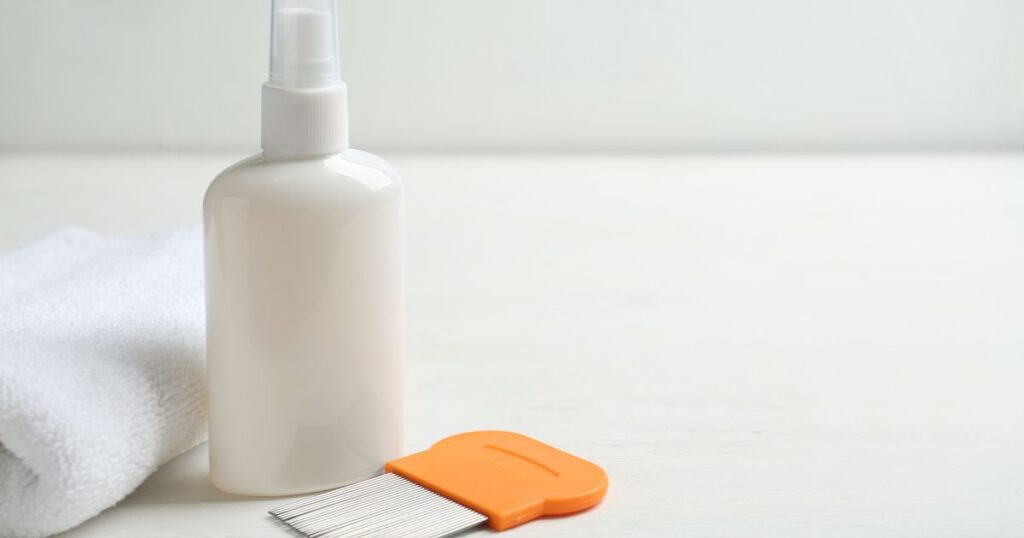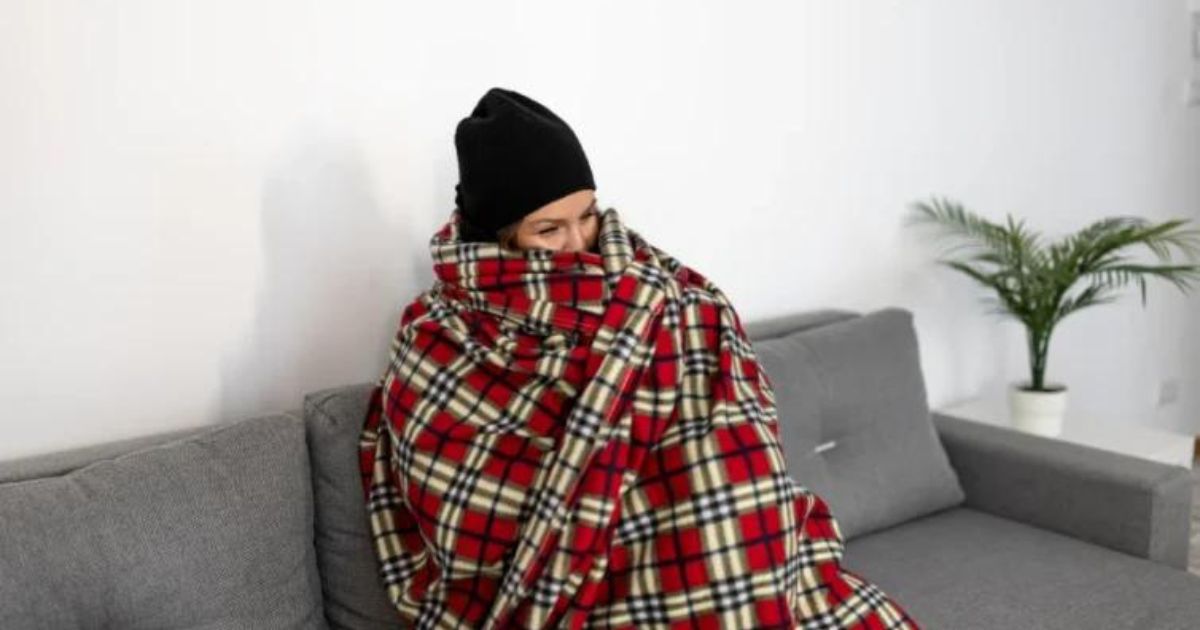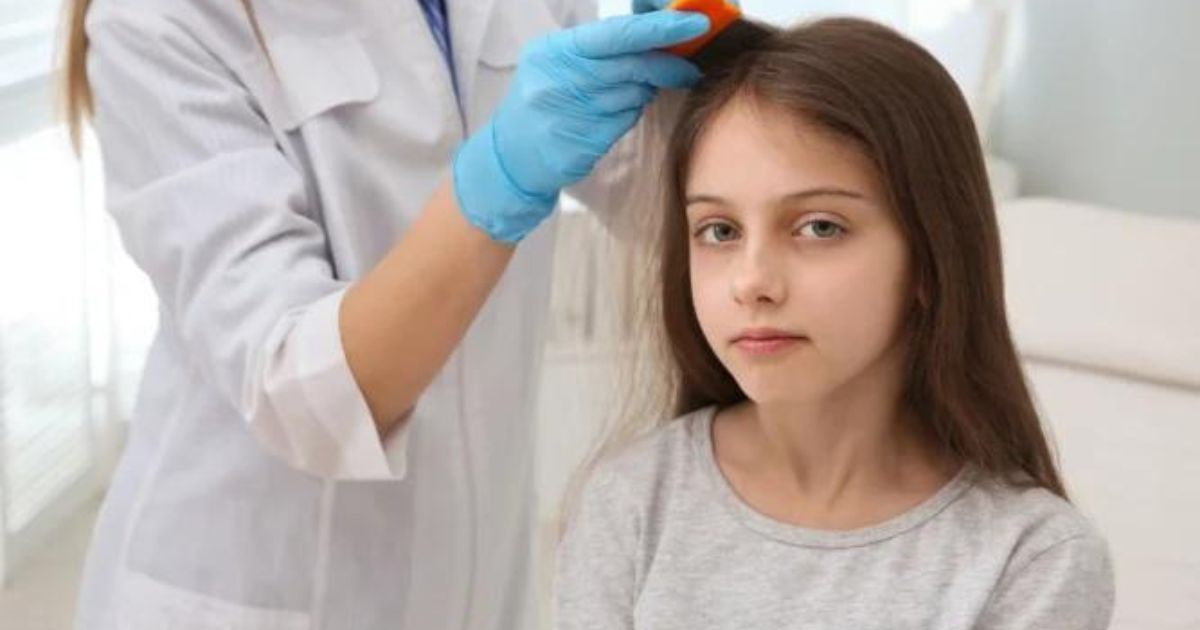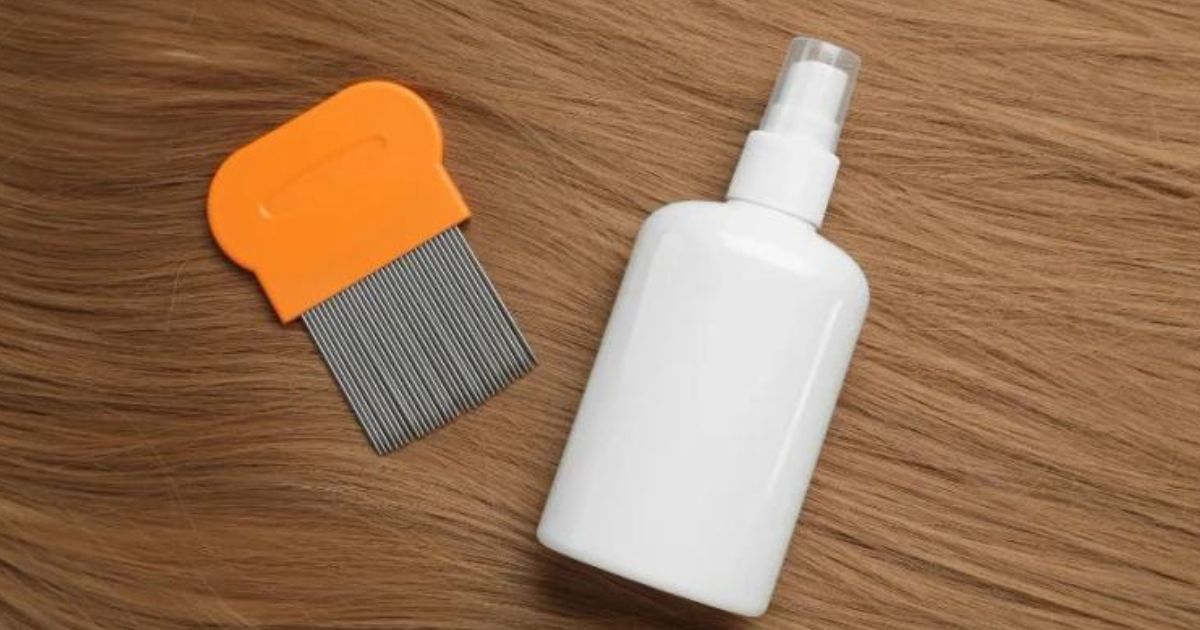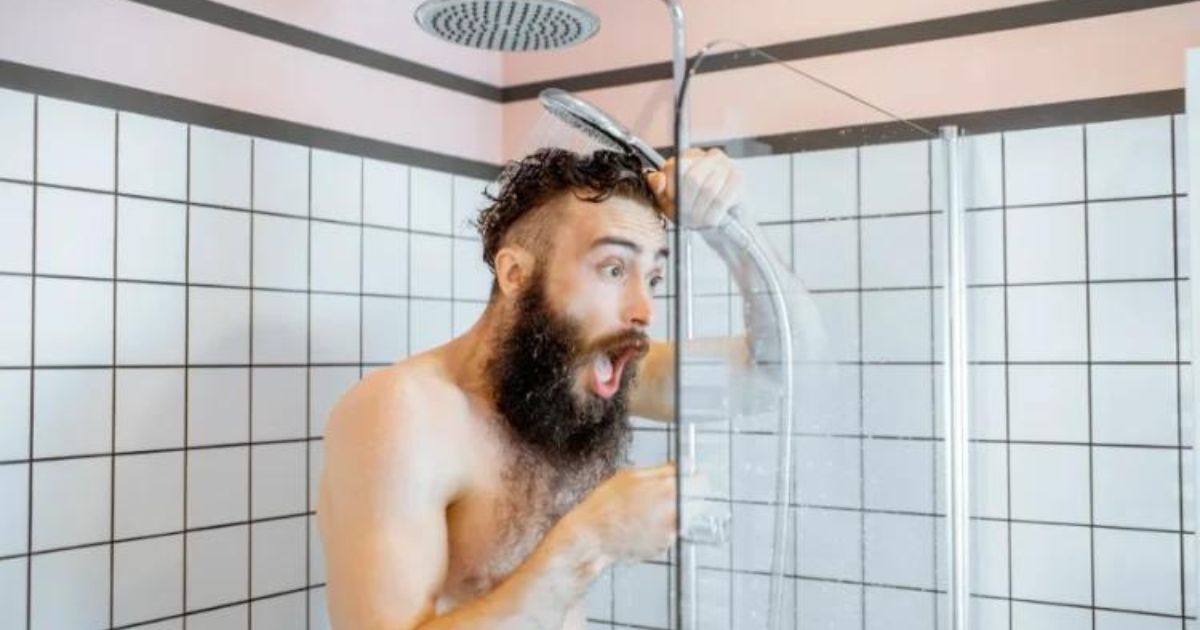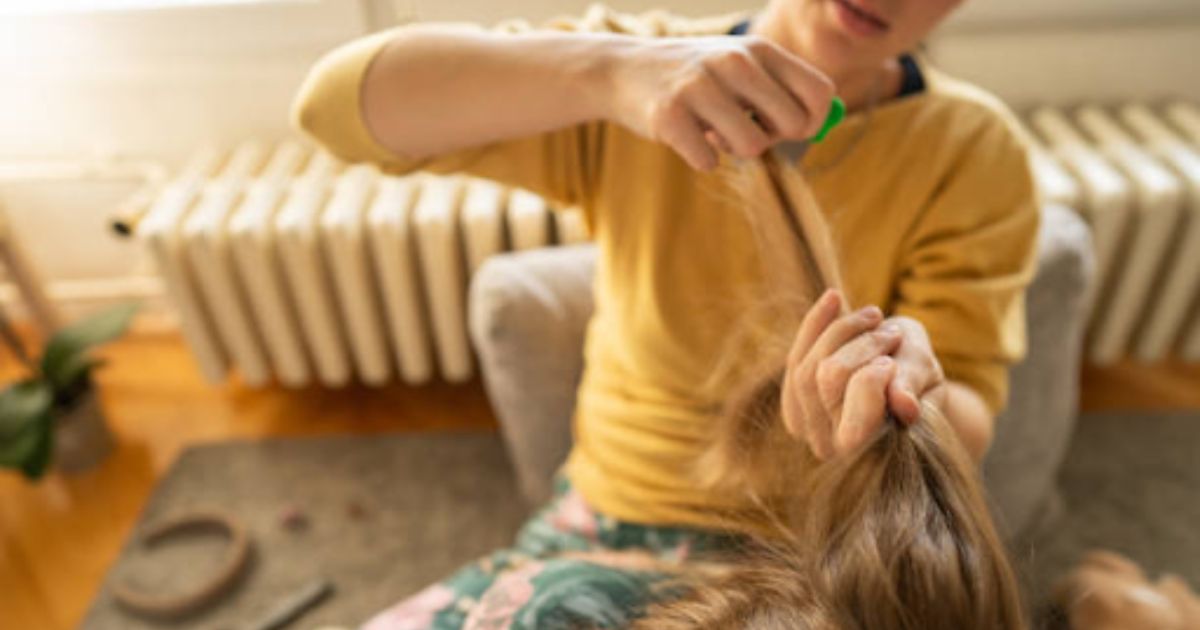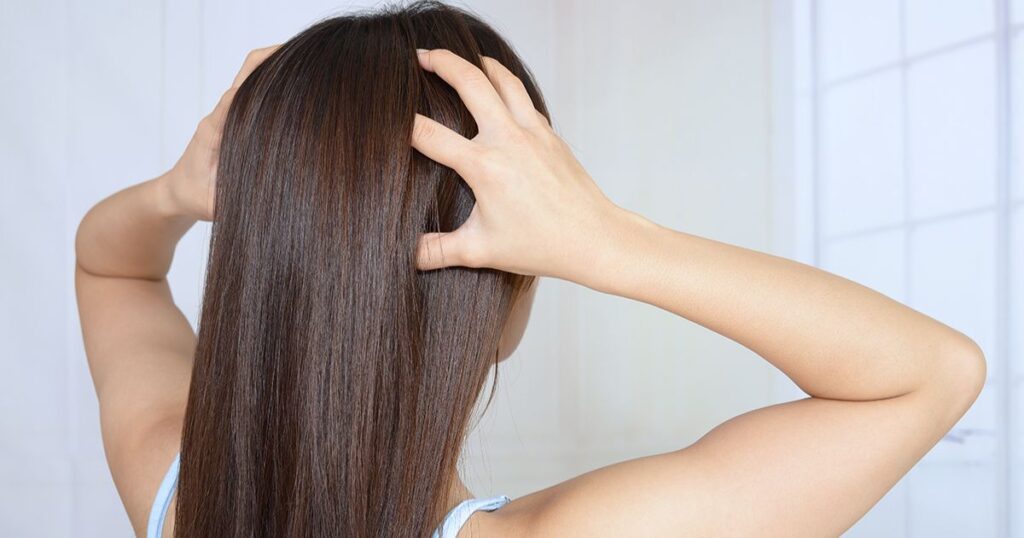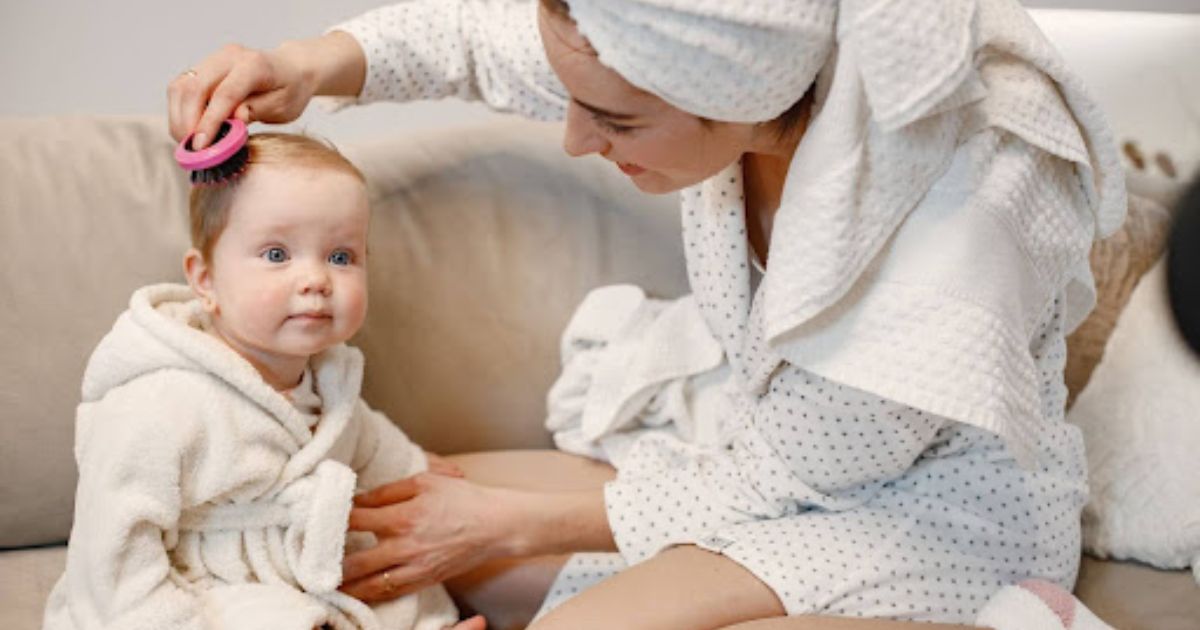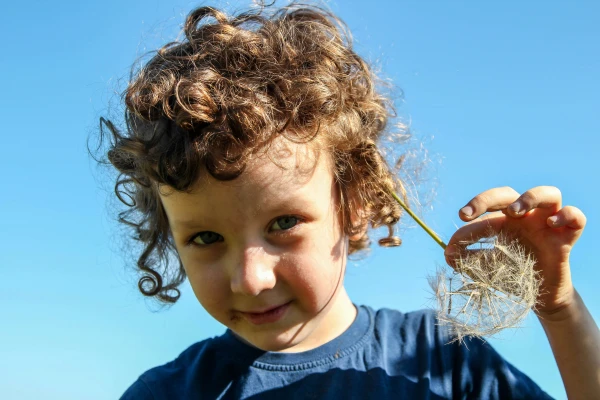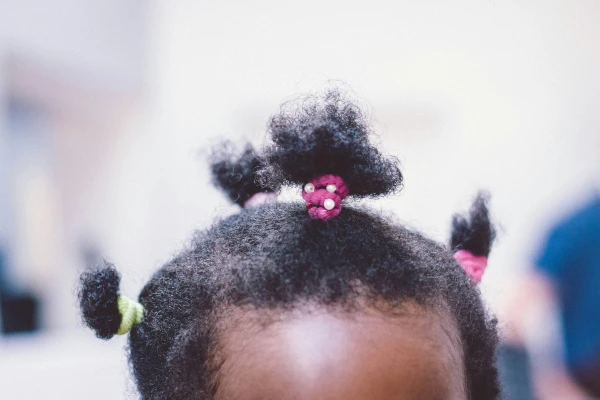Head lice are a common nuisance that many people face, often leading to desperate attempts to find quick solutions. Among the numerous lice treatment myths, using hair dye as a remedy has gained popularity. But does this colorful approach really work?
While some swear by it, others remain skeptical. With conflicting advice online, it’s hard to separate fact from fiction. If you’ve ever wondered if hair dye can kill lice, you’re not alone.
Before you reach for that dye bottle, it’s essential to understand what works and what doesn’t. This blog will explore safe alternatives and the truth behind this popular myth.
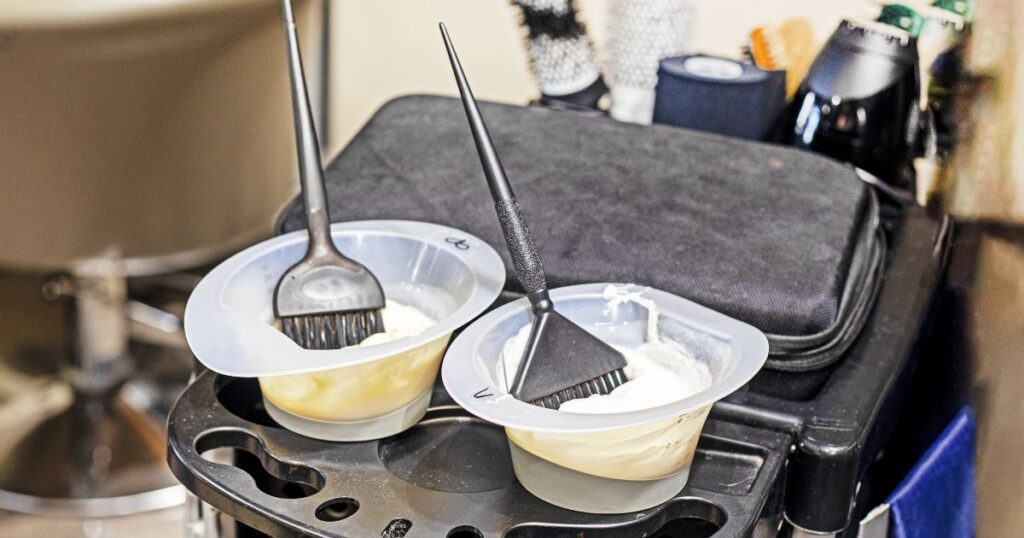
How Does Hair Dye Affect Lice?
While some believe hair dye can kill lice, the reality is more complex. Hair dye contains chemicals like ammonia and hydrogen peroxide, which can be harsh on both your hair and any lice present.
Ammonia is a common toxic substance with a strong smell that can irritate the eyes and nose. This irritating gas may affect lice, making it hard for them to survive. Hydrogen peroxide, often found in permanent dyes, is known to kill certain types of sea lice, suggesting it might be harmful to head lice as well.
However, it’s important to understand that even if hair dye manages to kill lice, it’s unlikely to penetrate the protective casing of nits (lice eggs). Nits cling to hair shafts close to the scalp and can survive the dyeing process.
When these eggs hatch, usually within 9–10 days, the lice problem will continue, requiring repeated treatments. So, while hair dye might offer temporary relief, it doesn’t provide a long-term solution for lice infestations.
How to Use Hair Dye for Lice Removal
If you’re still considering hair dye lice removal, it’s essential to follow the correct steps to ensure the process is as effective as possible. Below is a simple guide to using hair dye to kill lice for those willing to try:
- Start with vinegar: Saturate your scalp with a 50-50 mix of water and vinegar, which may help loosen nits. Leave the solution for 5–15 minutes, then rinse thoroughly.
- Comb out the lice and eggs: Use a fine-toothed lice comb to remove as many nits and live lice as possible.
- Prepare the hair dye: Mix the hair dye in a well-ventilated area according to the package instructions.
- Apply the hair dye: Focus on the scalp and areas where lice tend to gather, like behind the ears and the nape of the neck. Let the dye sit as instructed.
- Rinse and dry: Wash the dye out thoroughly and use a blow dryer, as heat may help kill off remaining lice.
- Repeat if necessary: If nits hatch, you may need to repeat this process in a week to keep new lice at bay.
Remember, dyed hair does not repel lice, so you could still become infested again.
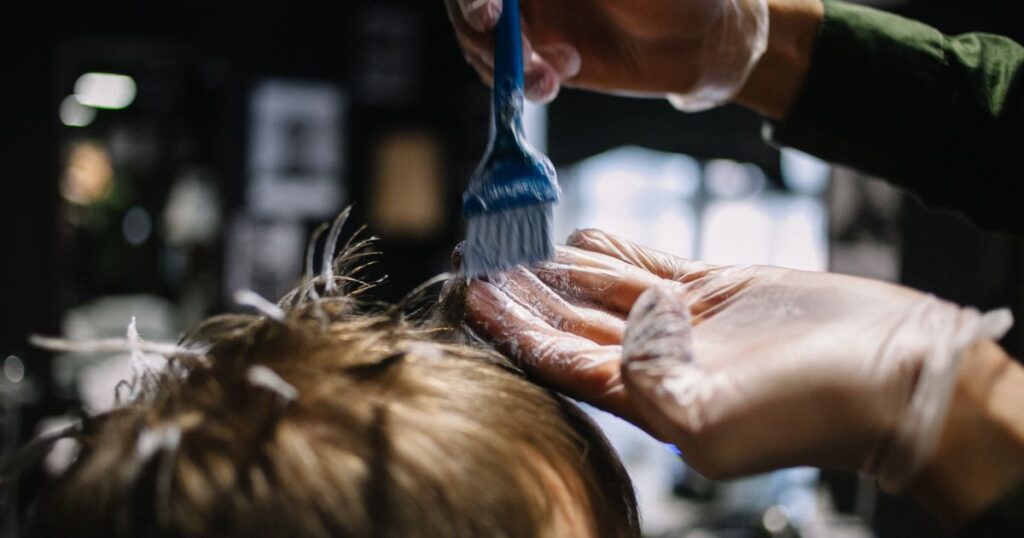
Safety Precautions and Side Effects of Using Hair Dye for Lice
Killing lice with hair dye may sound appealing, but it comes with potential risks. Permanent dyes can cause chemical changes in your hair, leading to itching, burning, redness, and even allergic reactions. You might also experience swelling, hives, or other skin irritations.
Here’s how to minimize the side effects when using hair dye on lice:
- Use disposable gloves: Always wear gloves to protect your hands from harsh chemicals.
- Avoid eye contact: Be careful not to let dye come into contact with your eyes or mouth.
- Ventilate the area: Dye your hair in a well-ventilated space to avoid inhaling fumes.
- Limit usage: Avoid using hair dye more than once a month to prevent scalp damage or hair thinning.
Hair dye is not recommended for children due to their more delicate hair and higher sensitivity to chemicals.
What Are the Most Effective Treatments for Lice?
When it comes to lice removal treatments, professional help is often the best way to go. At the Clinics, we provide various services that have proven results:
Full-Service Head Lice Removal Package
Our Head Lice Removal Package is the most comprehensive and popular treatment option, designed to eliminate lice in just one session. This three-step process begins with a 30-minute heated air treatment using Lice Tech technology to dehydrate lice and their eggs.
Following this, our skilled clinicians perform a professional comb-out to remove dead lice and nits thoroughly. The treatment concludes with an oil application to ensure complete eradication. No follow-ups or additional products are required, and in the rare case that lice persist, we offer a free re-treatment.
This service guarantees peace of mind and allows you to resume your daily activities immediately.
Traditional Comb-Out Service for Young Children
For young children or those who prefer a hands-on approach, our Traditional Comb-Out Service is a highly effective method. Performed by experienced clinicians, this treatment involves carefully combing through each section of the hair to remove stubborn lice and nits attached to hair follicles.
This service is often combined with at-home support, such as non-toxic oil treatments on days 1, 5, and 10 to ensure complete lice removal. Our coordinated approach ensures that even the most persistent cases are addressed thoroughly.
Affordable Lice Removal with DIY Kits
Understanding that not everyone can make it to a clinic, we offer DIY lice removal kits as an affordable alternative. These kits come with clinical-strength treatment products made from 100% non-toxic ingredients, professional-grade combs, and applicators, and detailed step-by-step instructions to guide your treatment.
While in-clinic treatments provide the best results, these kits allow families to manage lice removal at home without requiring medical expertise.
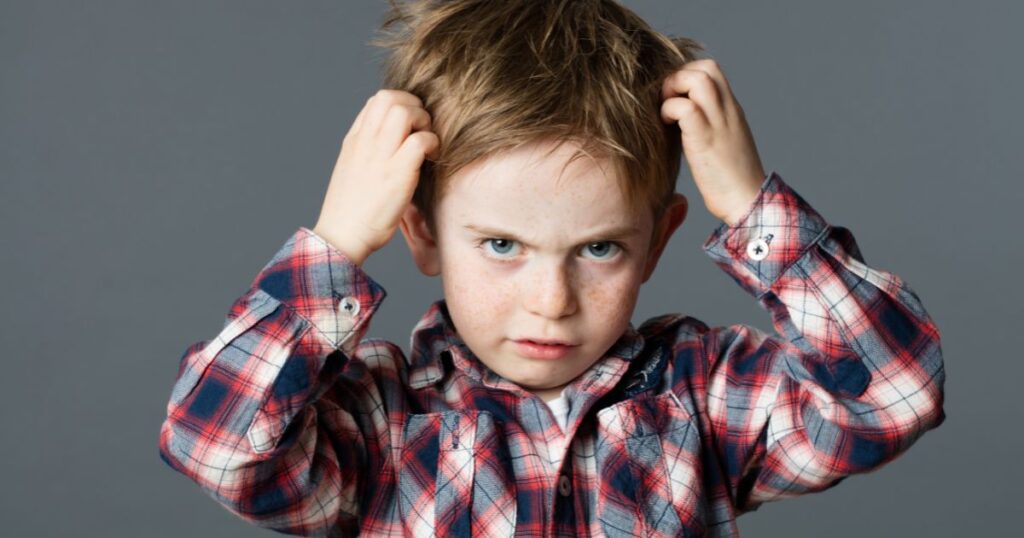
Need Professional Help? Choose Lice Clinics Charlotte for Guaranteed Results
Dealing with lice is never pleasant, but you don’t have to handle it alone. Although hair dye cannot kill lice, the Lice Clinics offer safe, effective solutions beyond temporary fixes. Our treatments are designed to eliminate lice and nits in one session, providing you with the peace of mind you deserve. Book your appointment with us today and let our experts handle the rest—so you can return to feeling like yourself again.
